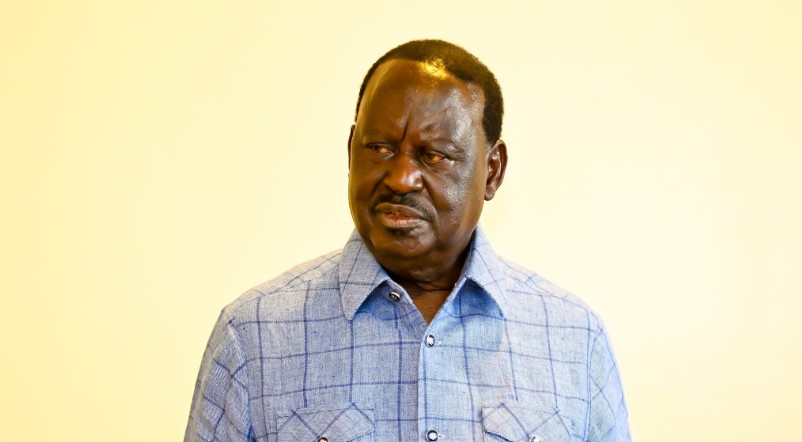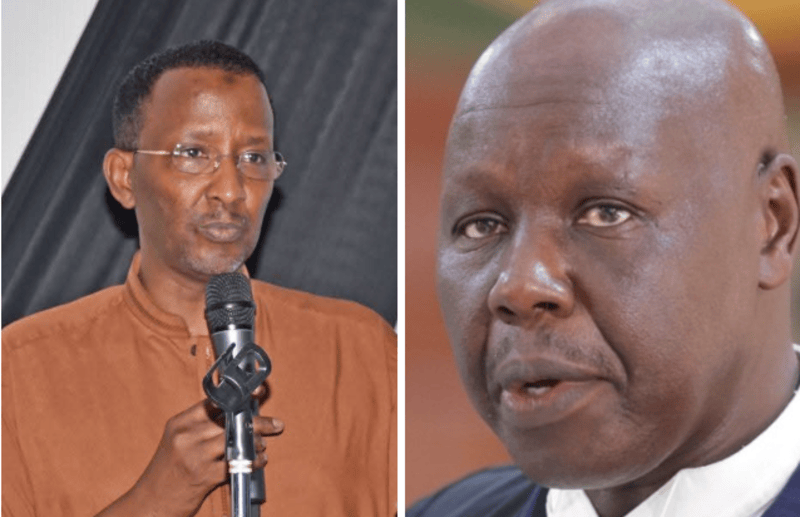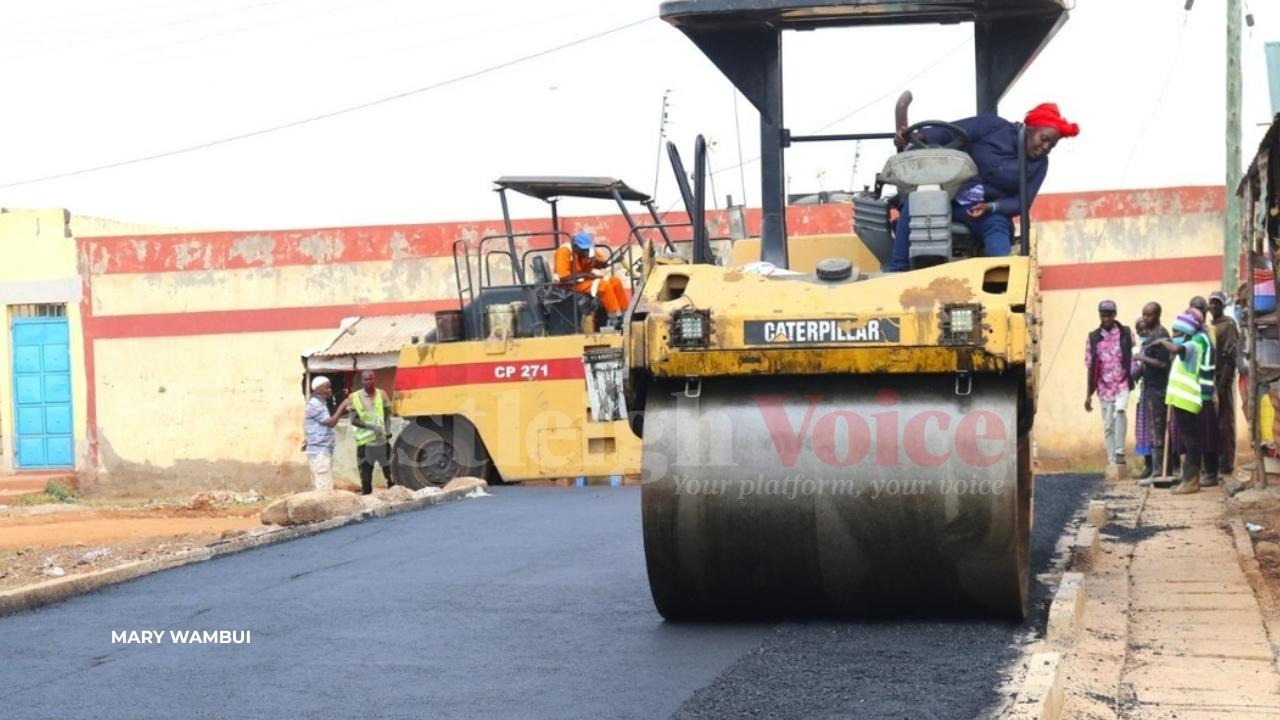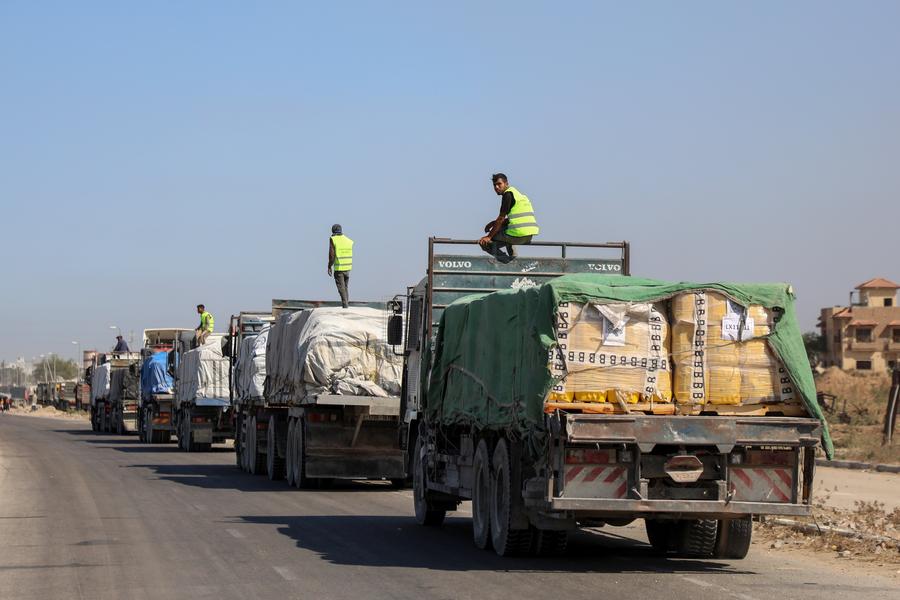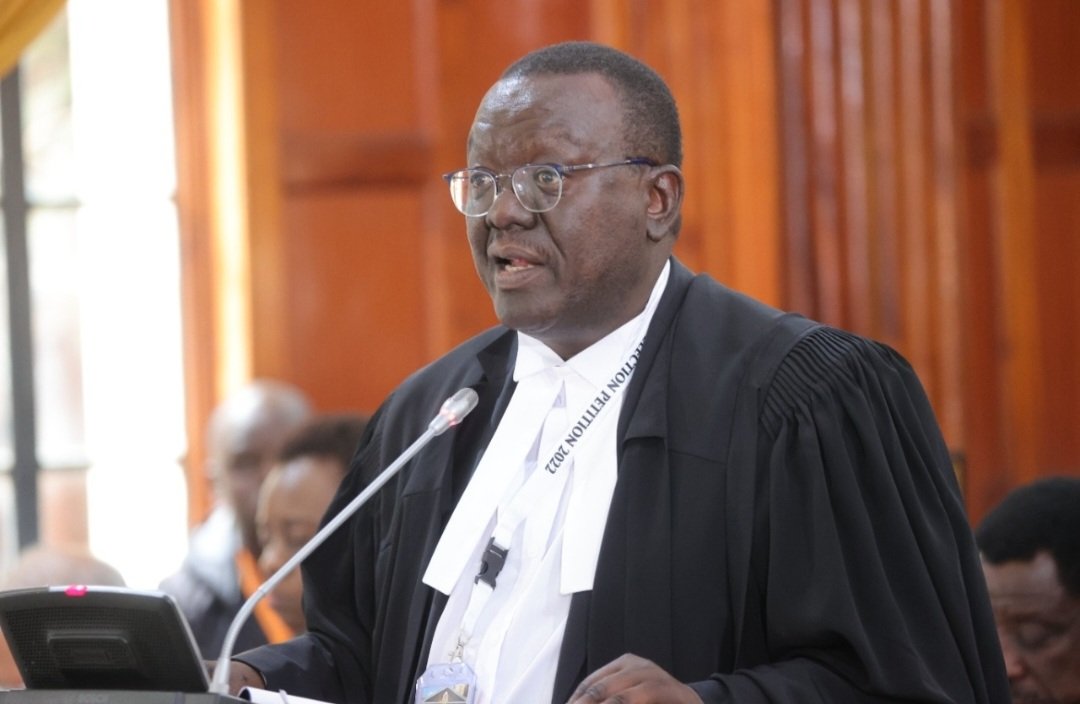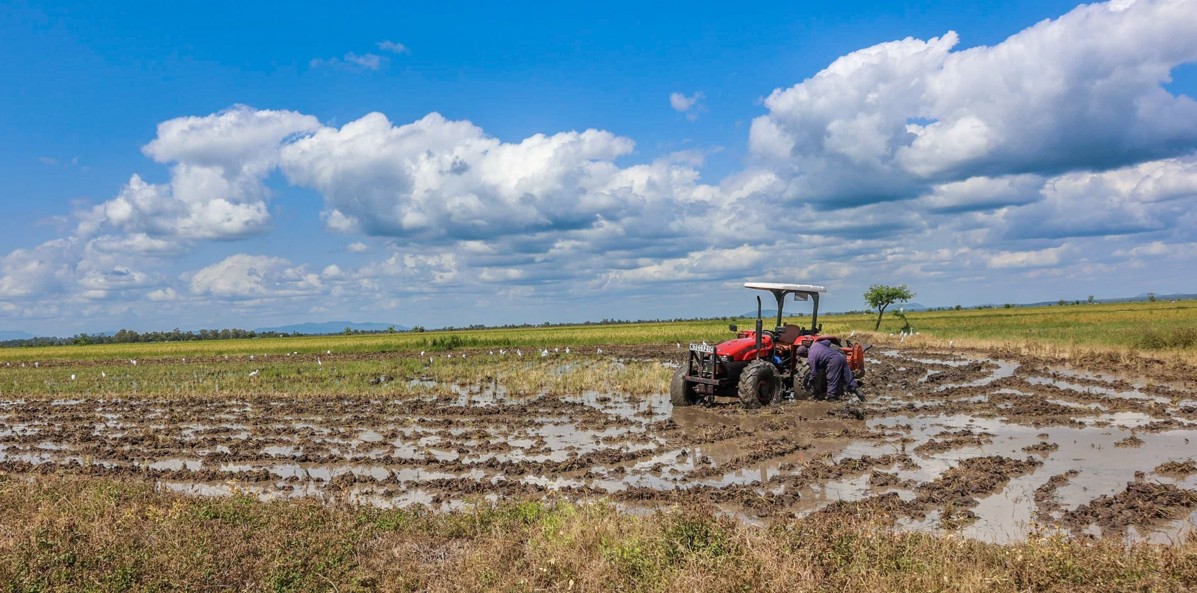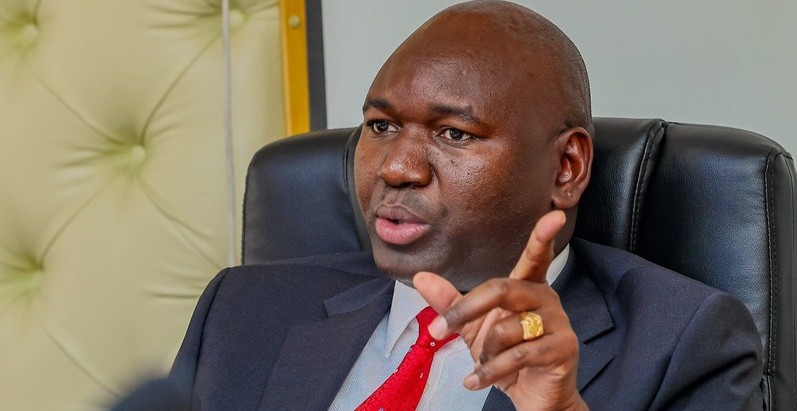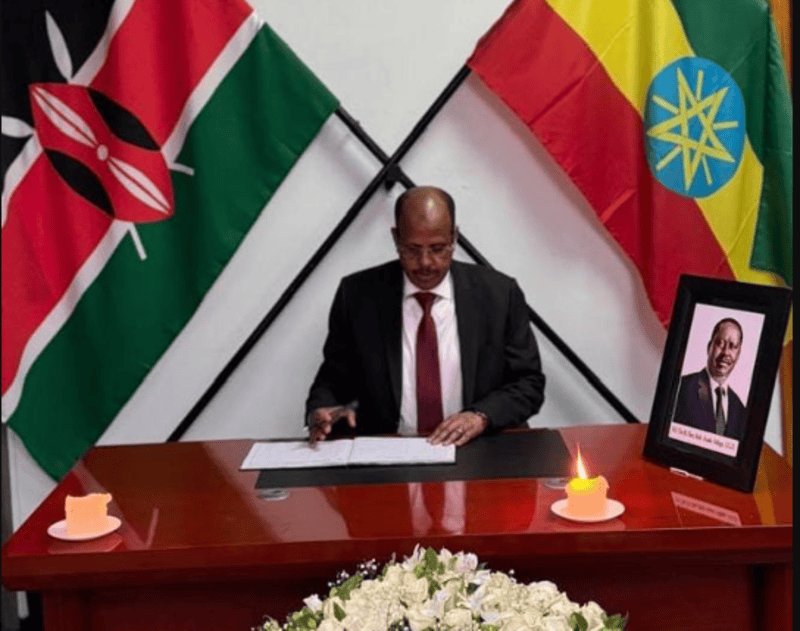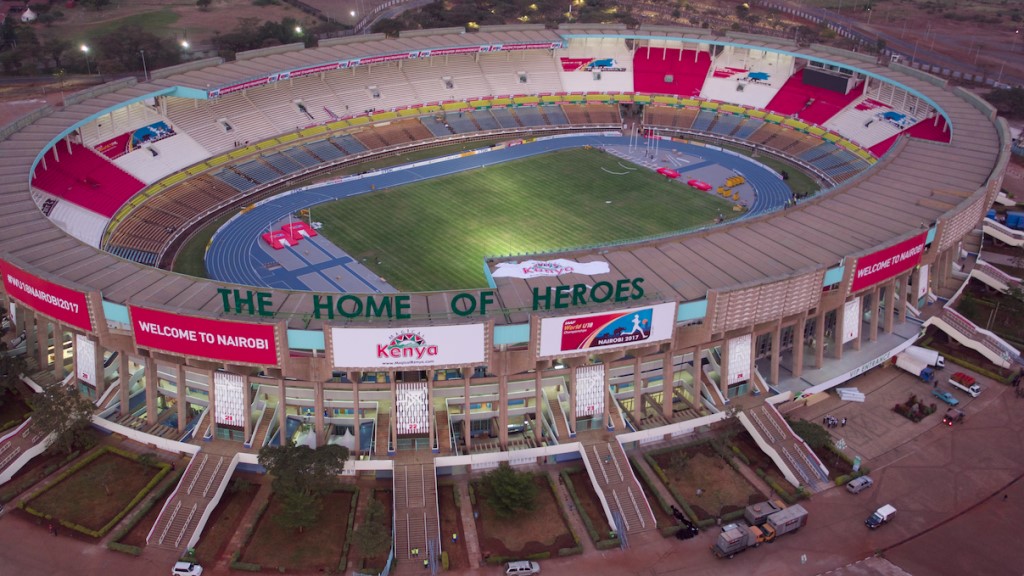Supreme Court to determine fate of 27 constituencies ahead of 2027 polls
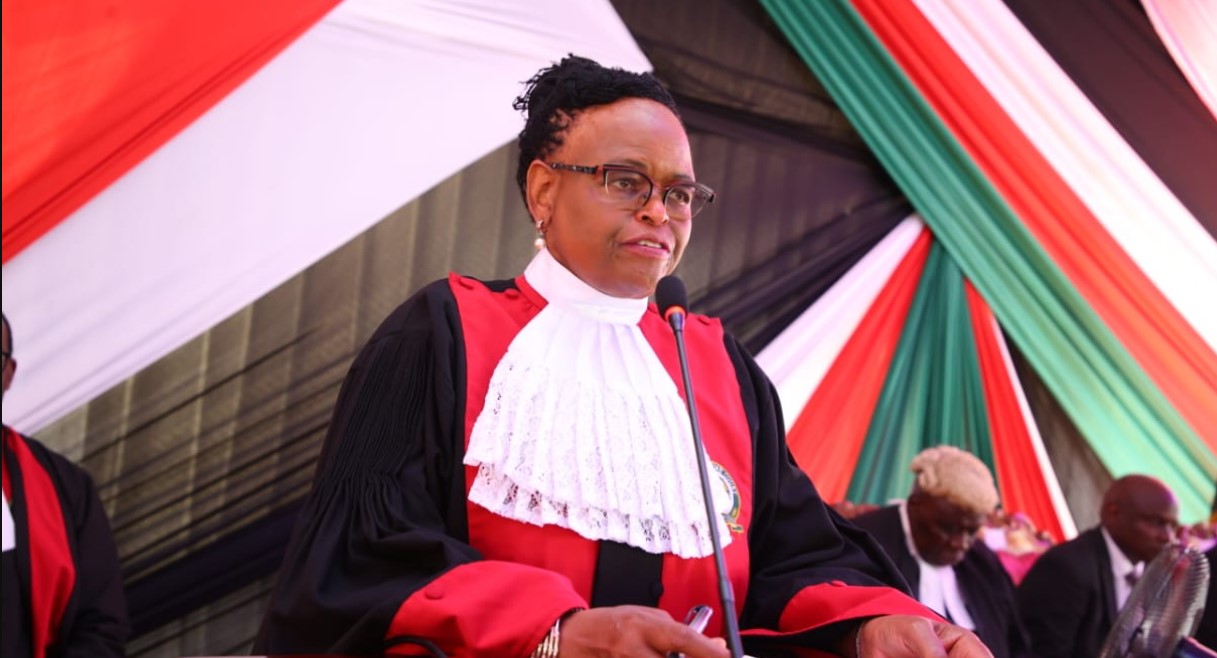
At least 27 constituencies that do not meet the new threshold of 164,000 people risk being scrapped before the 2027 elections.
The Supreme Court will on Monday rule on whether Kenya will have new constituencies in the 2027 elections, a decision that could reshape the country’s electoral boundaries amid a looming constitutional crisis.
The Independent Electoral and Boundaries Commission (IEBC) has sought an advisory from the apex court on whether it can conduct the delimitation of constituencies and ward boundaries, despite the process already having lapsed.
More To Read
- Lawyer sues Chief Justice Koome over delayed rollout of Small Claims Courts
- IEBC unveils nomination dispute framework ahead of November by-elections
- Over 20,000 Kenyans register as voter registration drive picks up nationwide
- IEBC clears candidates, opens campaigns for November by-elections
- Voter registration in Mombasa marred by weak network, slow biometric systems
- Data Commissioner Immaculate Kassait updates parliament on electoral compliance
In its application to the Supreme Court, the IEBC seeks to know whether it can still review the names and boundaries of constituencies and wards after the timelines set under Articles 89(2) and 89(3) of the Constitution and Section 26 of the County Governments Act have expired.
It also seeks clarification on whether these timelines can be extended and, if so, by whom and under what circumstances.
Chief Justice Martha Koome and the seven-judge bench are expected to clarify whether the IEBC can proceed with the review in the absence of commissioners and whether the constitutional timelines for the exercise can be extended.
Lack of commissioners
The electoral body was required to complete the boundaries review by March 6, 2024, as stipulated in the Constitution. However, the lack of commissioners has hindered the process, pushing the country into a legal dilemma.
Legal experts argue that the Supreme Court’s advisory should not postpone the delimitation process but instead provide clarity on how to move forward.
Environment Cabinet Secretary Aden Duale acknowledged the constitutional predicament and urged Parliament to also seek guidance on its role in resolving the crisis.
“Even if the time has lapsed, we have the Supreme Court, and we want that advisory, including what Parliament can do to ensure we have new constituencies,” he stated.
During the last boundaries review in 2012, the population quota for a constituency was set at 72,000 people. The upcoming review is expected to adjust this to 164,000.
As a result, 27 constituencies that do not meet the new threshold risk being scrapped before the 2027 elections.
According to the framework, constituencies in urban areas can exceed the target by up to 40 per cent, while those in remote regions are allowed a 40 per cent deviation below the threshold.
Under the guidelines, highly populated constituencies will be split, while those that fail to meet the population quota will either be merged or scrapped.
The Supreme Court’s ruling is expected to provide a way forward in addressing the electoral uncertainty ahead of the 2027 polls.
Top Stories Today
